
Asclepias asthmatica
(MRP Inclusive of all taxes)
- Shipping ₹79 for entire order
- Dispatch in 7 days
- Country of origin: India

(MRP Inclusive of all taxes)
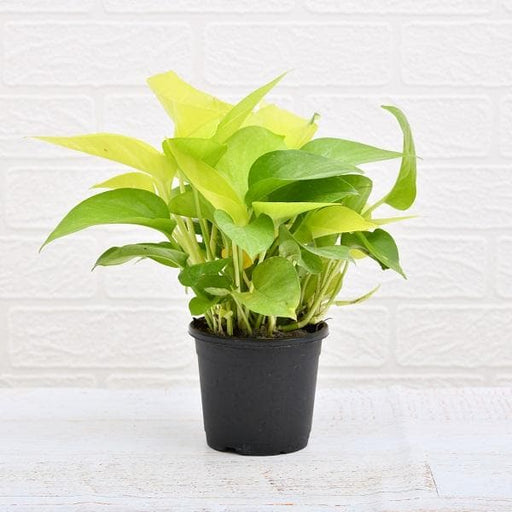 Save 29%
Save 29%
Air Purifier Money Plant with Pot The Air Purifier Money Plant, also known as Pothos or Epipremnum aureum, is a stunning indoor plant that...
View full details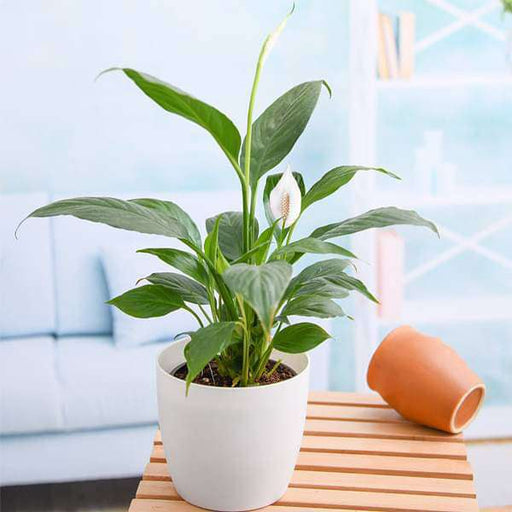
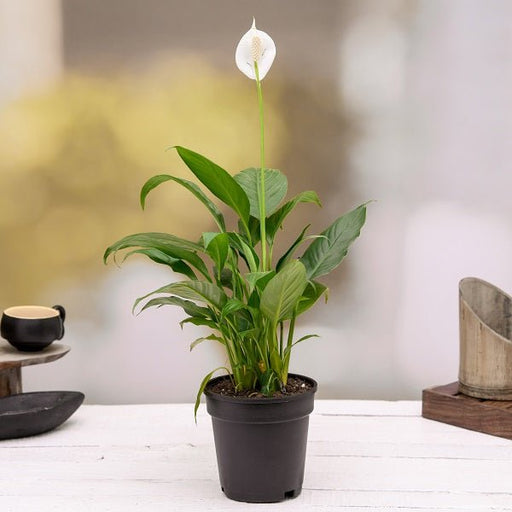 Save up to 15%
Save up to 15%
Peace Lily, Spathiphyllum - Plant The Peace Lily, scientifically known as Spathiphyllum, is a stunning houseplant celebrated for its elegant white...
View full details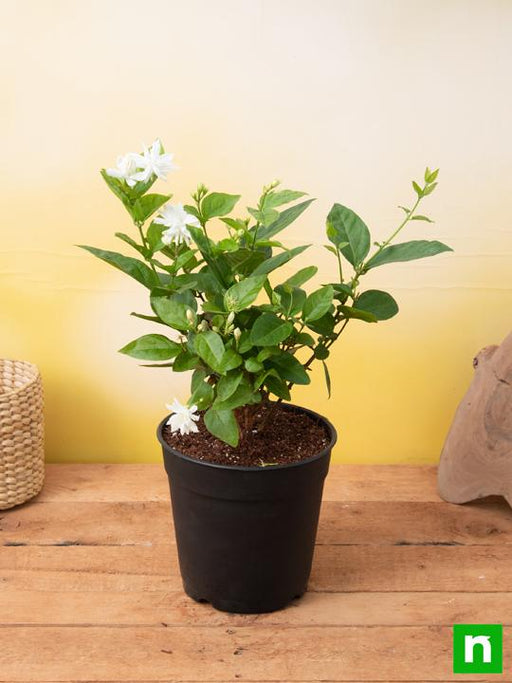
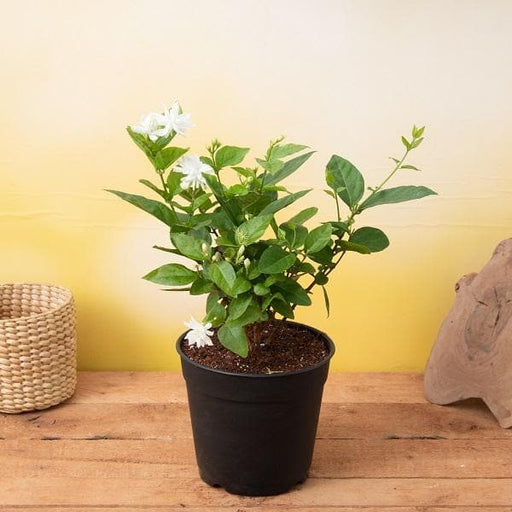 Save 25%
Save 25%
Jasminum sambac, Mogra, Arabian Jasmine - Plant Jasminum sambac, commonly known as Mogra or Arabian Jasmine, is a fragrant flowering plant...
View full details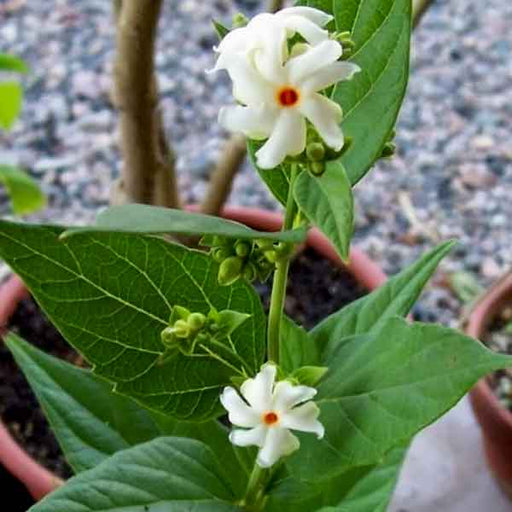
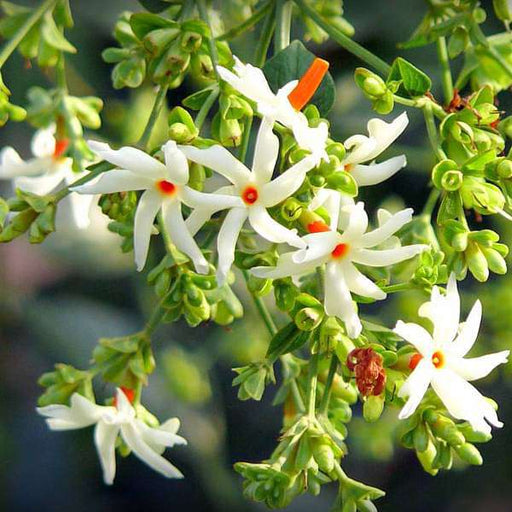 Save 18%
Save 18%
Combo Constituents Includes the Parijat Tree (Night-Flowering Jasmine), a culturally significant plant with fragrant flowers. Description The Pari...
View full details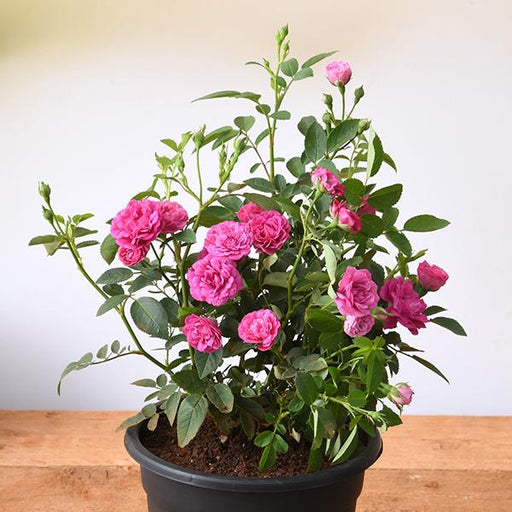
 Save 25%
Save 25%
Miniature Rose, Button Rose (Any Color) - Plant The Miniature Rose, also known as the Button Rose, is a charming and compact flowering plant that ...
View full details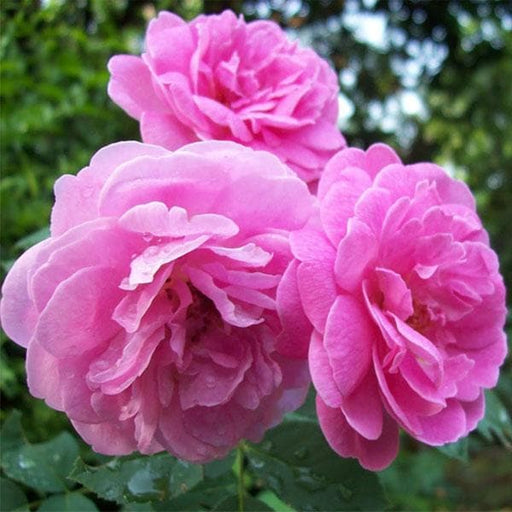 Save 25%
Save 25%
Damascus Rose, Scented Rose (Any Color) - Plant The Damascus Rose, also known as Rosa damascena, is a timeless symbol of beauty and romanc...
View full details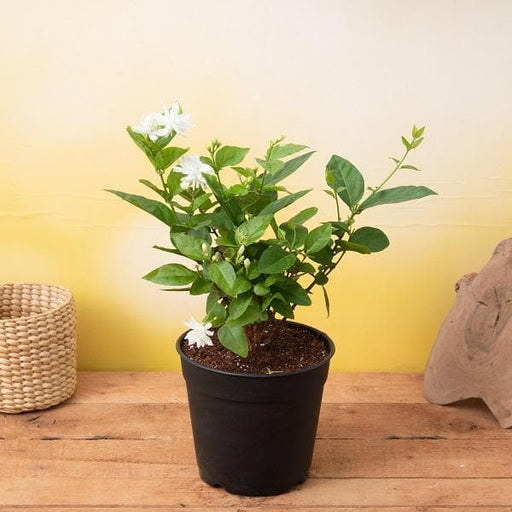
 Save 17%
Save 17%
Beautiful Fragrant Mogra, Arabian Jasmine Plant with Pot The Beautiful Fragrant Mogra, also known as Arabian Jasmine (Jasminum sambac), is...
View full details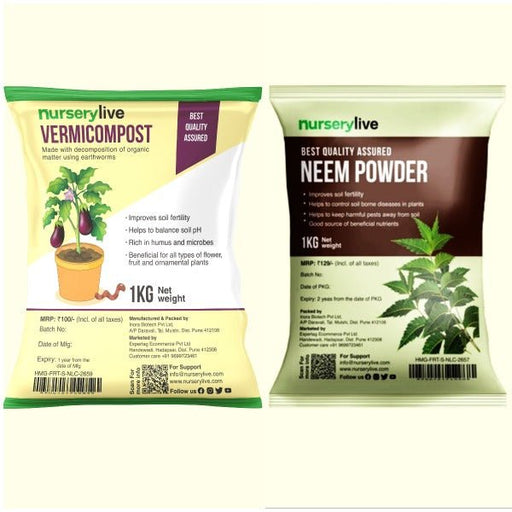 Save 15%
Save 15%
Pack of Vermicompost and Neem Cake for House Plants Transform your indoor garden with our premium Pack of Vermicompost and Neem Cake, spec...
View full details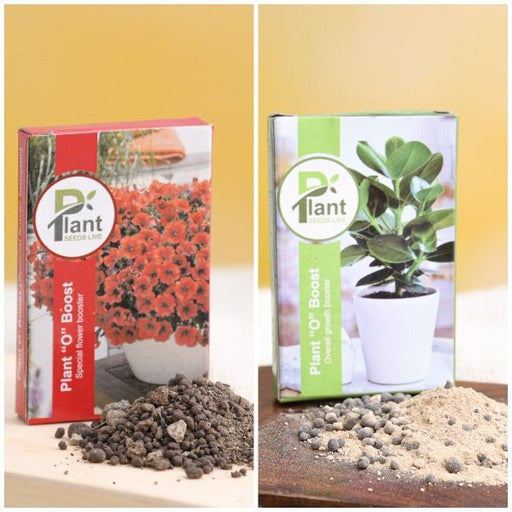
Pack of Plant Growth and Flower Boosters Unlock the full potential of your garden with our Pack of Plant Growth and Flower Boosters! This ...
View full details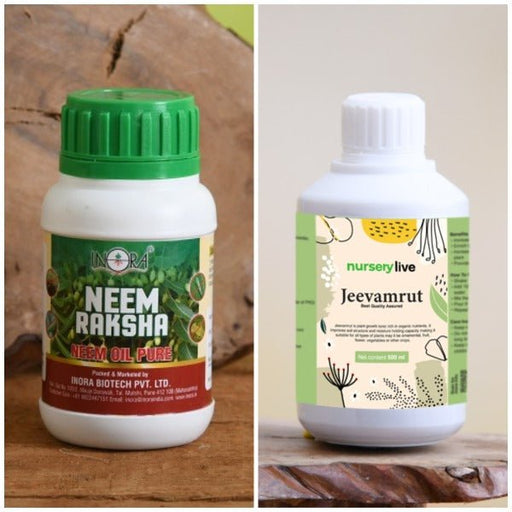 Save 38%
Save 38%
Combo of Jeevamrut and Neem Raksha for Easy Growth and Protection of Houseplants Transform your indoor garden with our exclusive combo of ...
View full details Save 22%
Save 22%
Plant Nutrients Kit (Pack of 16) for a Healthy Garden Transform your garden into a lush paradise with our Plant Nutrients Kit, featuring 1...
View full details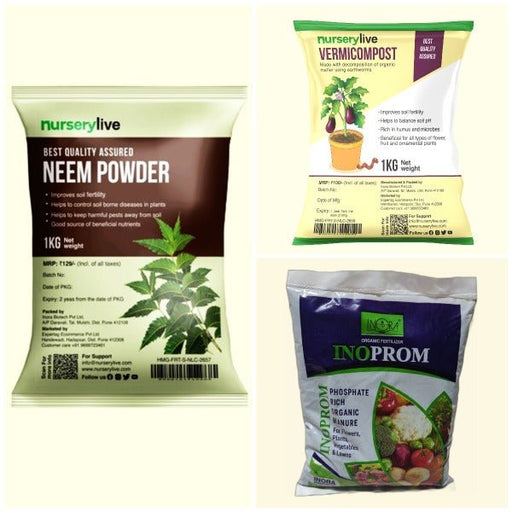 Save 16%
Save 16%
Combo of Top Plant Fertilizers Elevate your gardening game with our exclusive Combo of Top Plant Fertilizers, featuring two bags of premiu...
View full details Save 24%
Save 24%
Pack of 4 Additives to Make Soil Healthy and Nutrient Rich Transform your garden into a thriving ecosystem with our Pack of 4 Additives de...
View full details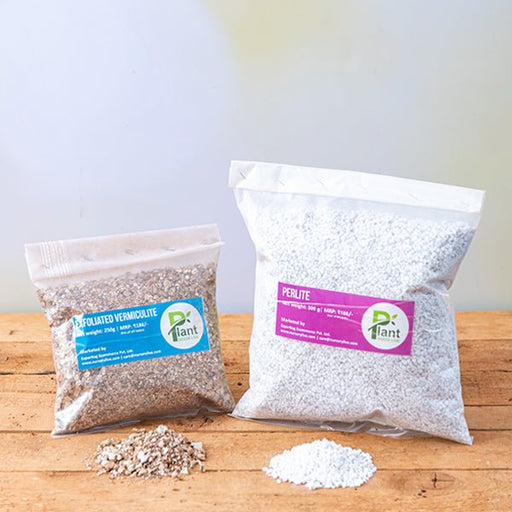 Save 30%
Save 30%
Transform your gardening experience with our premium Combo of Perlite and Vermiculite. This unique blend is designed to enhance soil aeration and ...
View full details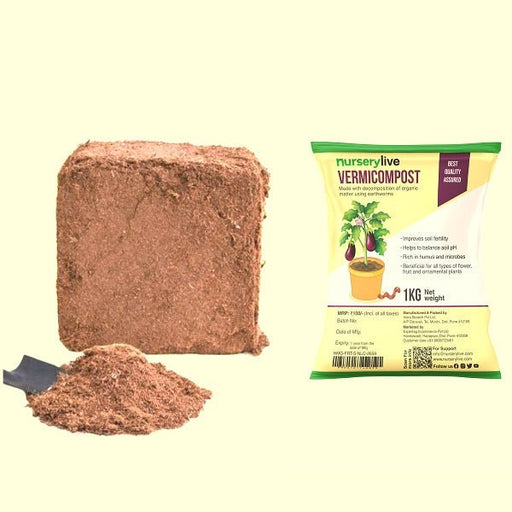 Save 27%
Save 27%
Combo of 2 Vermicompost and Cocopeat - Enrich Your Soil Naturally! Transform your garden into a thriving ecosystem with our Combo of 2 Ver...
View full details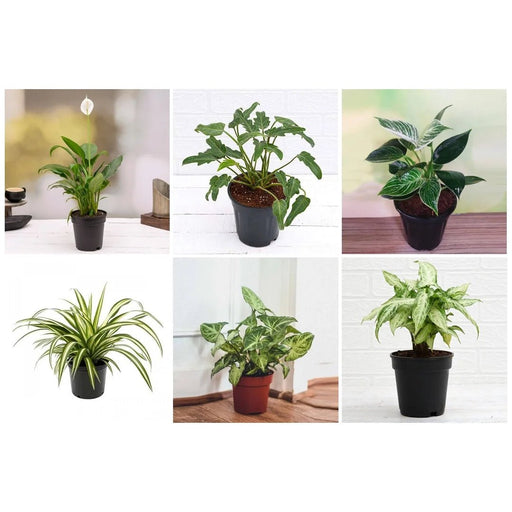
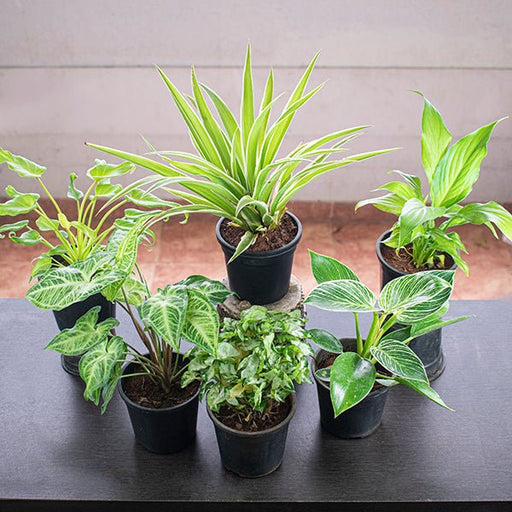 Save 35%
Save 35%
Best 6 Plants for Perfect Indoor Garden Transform your living space into a lush oasis with our curated collection of the Best 6 Plants for a...
View full details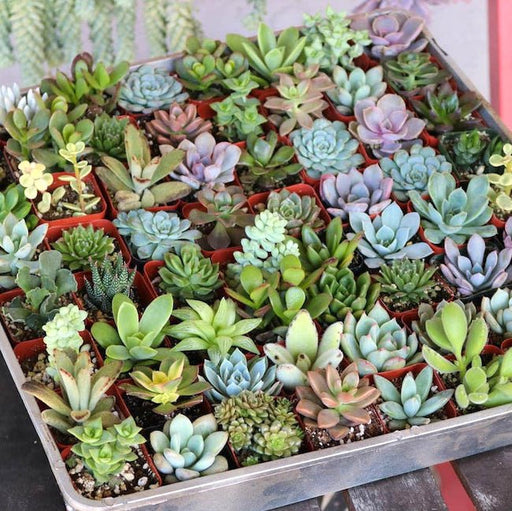
 Save up to 50%
Save up to 50%
Mini Succulent Garden Pack Transform your space with our Mini Succulent Garden Pack, featuring a delightful collection of 4 any variety beautiful s...
View full details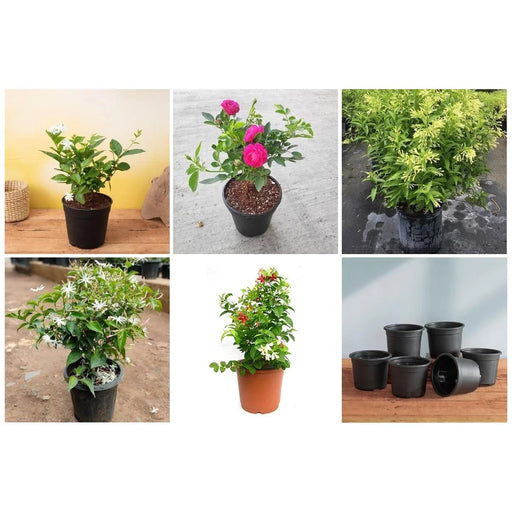
 Save 30%
Save 30%
5 Best Fragrant Plants Transform your garden or indoor space into a fragrant paradise with our curated selection of the 5 Best Fragrant Plants. Th...
View full details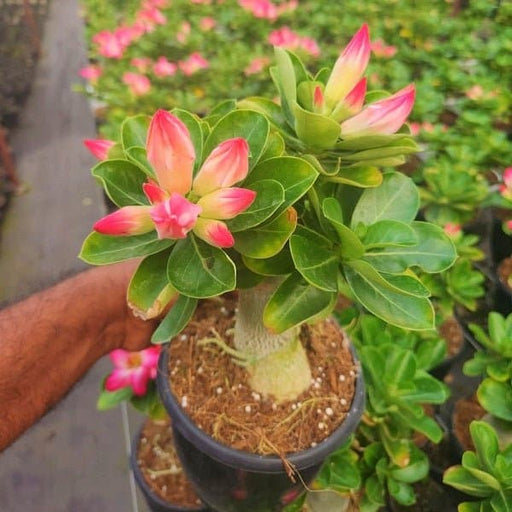
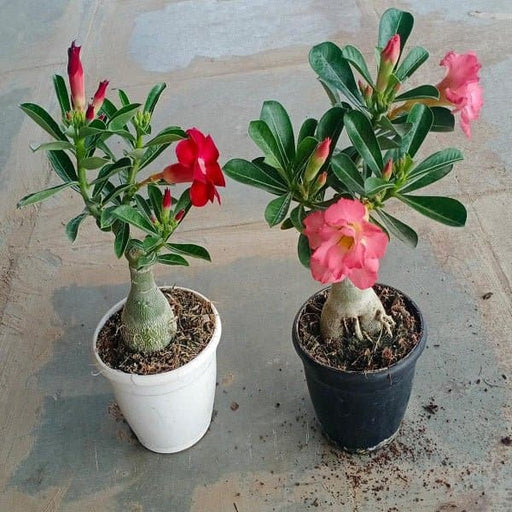 Save 24%
Save 24%
Set of 2 Bonsai Looking Grafted Adeniums Transform your indoor or outdoor space with our exquisite Set of 2 Bonsai Looking Grafted Adenium...
View full details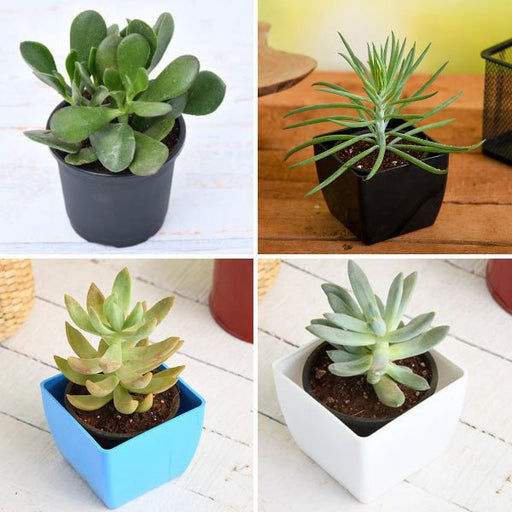 Save 45%
Save 45%
Top 4 Die Hard Succulents Pack Transform your indoor or outdoor space with our Top 4 Die Hard Succulents Pack, featuring a curated selecti...
View full details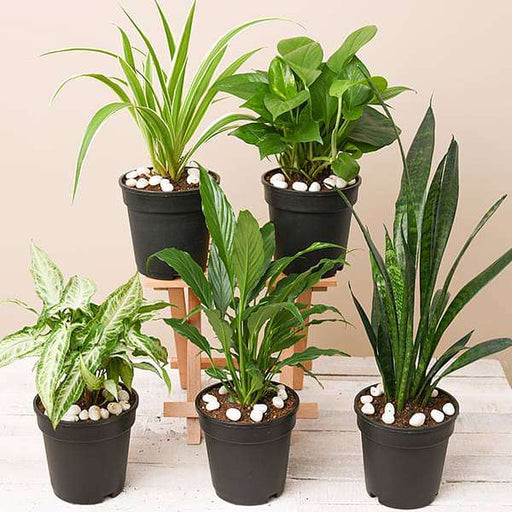
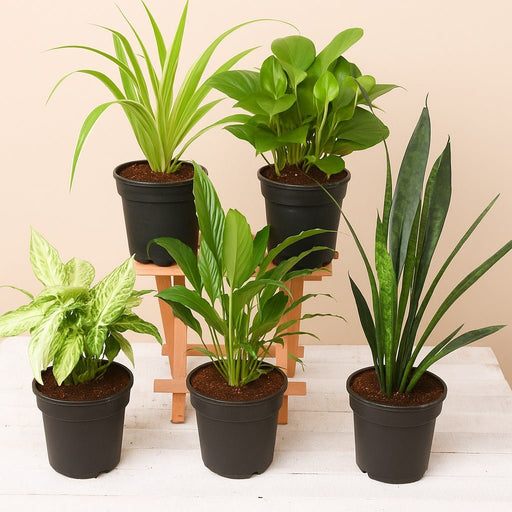 Save 30%
Save 30%
5 Best Indoor Plants Pack Transform your living space into a lush oasis with our '5 Best Indoor Plants Pack.' This carefully curated collection fe...
View full details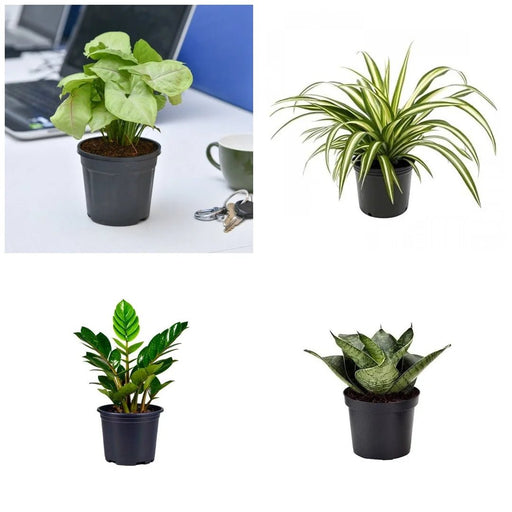
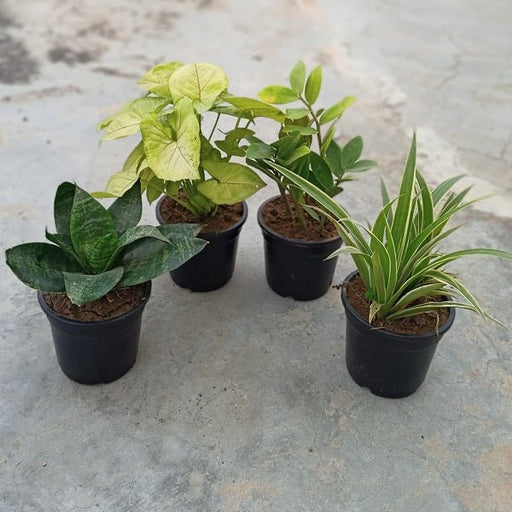 Save 25%
Save 25%
Set of 4 Evergreen Air Purifier Plant Pack Transform your indoor space into a lush, green oasis with our Set of 4 Evergreen Air Purifier Pla...
View full details| SrNo | Item Name |
|---|---|
| 1 | Asclepias asthmatica |
Asclepias asthmatica, commonly known as the Asthma Plant, is a perennial herbaceous plant native to the arid regions of North America. Renowned for its striking clusters of orange and yellow flowers, this species not only adds beauty to gardens but also serves a vital ecological role. Its leaves and flowers are known for their medicinal properties, particularly in alleviating respiratory issues, making it a valuable addition to herbal remedies.
This remarkable plant is not just visually appealing; it has a rich history of use in traditional medicine. Indigenous cultures have utilized Asclepias asthmatica for centuries to treat asthma and other respiratory ailments. Its ability to attract pollinators, especially butterflies, makes it an essential component of biodiversity in its native habitat.
Asclepias asthmatica is a drought-tolerant plant, making it an excellent choice for xeriscaping and sustainable gardening. Its deep taproot allows it to thrive in poor soil conditions, while its vibrant flowers provide a crucial food source for pollinators. Additionally, it plays a role in supporting local ecosystems by providing habitat for various species.
If you thought this plant was just a pretty face, think again! Asclepias asthmatica, also known as the asthma tree, is a powerhouse of benefits. It’s not just a pretty addition to your garden; it’s a natural remedy that has been used for centuries. This plant is known for its potential to alleviate respiratory issues, making it a favorite among herbal enthusiasts. Imagine having a green friend that not only beautifies your space but also helps you breathe easier. Talk about multitasking!
Caring for Asclepias asthmatica is like nurturing a diva—she needs attention but rewards you with stunning foliage and flowers. This plant thrives in well-drained soil and loves a sunny spot, so make sure to give it the VIP treatment. Water it regularly, but don’t drown it; it prefers a light misting over a soaking. With a little love and the right conditions, your asthma tree will flourish, turning your garden into a botanical wonderland.
Asclepias asthmatica lounging in its natural habitat, soaking up the sun and enjoying the breeze. This plant is native to the warm, dry regions of North America, where it thrives in sandy soils and open spaces. It’s like the cool kid at the botanical party, preferring to hang out in sunny spots rather than shady corners. If you want to replicate its natural habitat, think dry, sunny, and a bit wild—just like a carefree summer day!
The uses of Asclepias asthmatica are as diverse as its foliage! Beyond its respiratory benefits, this plant has been used in traditional medicine for various ailments. From soothing coughs to acting as a natural anti-inflammatory, it’s like a Swiss Army knife of the plant world. Plus, its beautiful flowers attract pollinators, making it a favorite among gardeners looking to support local wildlife. Who knew a tree could be so versatile?
Propagating Asclepias asthmatica is like playing plant matchmaker. You can start new plants from seeds or cuttings, and with a little patience, you’ll have a mini forest of asthma trees in no time. Just remember to give them the right conditions—sunshine, warmth, and a sprinkle of love. It’s a rewarding process that will have you feeling like a proud parent as you watch your new plants grow and thrive.
Asclepias asthmatica is the ultimate party host for pollinators! Its vibrant flowers are like a neon sign for bees, butterflies, and other beneficial insects. By planting this tree, you’re not just beautifying your garden; you’re creating a buzzing ecosystem. Pollinators love the nectar, and in return, they help your plants thrive. It’s a win-win situation—your garden flourishes, and the pollinators get a delicious buffet!
The name says it all! Asclepias asthmatica has earned its reputation as the asthma tree for a reason. Traditionally, it has been used to help alleviate asthma symptoms and respiratory issues. While it’s not a substitute for medical treatment, incorporating this plant into your garden can be a step towards a more holistic approach to health. Just imagine having a natural ally in your battle against wheezing—now that’s a breath of fresh air!
If you’re looking to spice up your landscaping game, Asclepias asthmatica is your go-to plant. With its striking flowers and lush foliage, it adds a pop of color and texture to any garden. Whether you’re creating a wildflower meadow or a structured garden bed, this tree fits right in. Plus, its low maintenance needs mean you can spend less time weeding and more time enjoying your outdoor oasis. Who knew landscaping could be this easy?
Asclepias asthmatica is like a five-star hotel for wildlife! Its flowers attract a variety of pollinators, while its leaves provide food for caterpillars. By planting this tree, you’re not just enhancing your garden; you’re supporting local ecosystems. Birds, bees, and butterflies will flock to your yard, turning it into a vibrant hub of activity. It’s a delightful way to contribute to biodiversity while enjoying the beauty of nature.
Step aside, modern medicine; Asclepias asthmatica has been a staple in traditional healing practices for ages. Indigenous cultures have long recognized its potential benefits, using it to treat various ailments. From respiratory issues to inflammation, this plant has a rich history in herbal medicine. While it’s essential to consult with a healthcare professional, exploring the traditional uses of this tree can be a fascinating journey into the world of natural remedies.
Gardening with Asclepias asthmatica is like adding a secret ingredient to your green thumb recipe. This plant is not only beautiful but also incredibly beneficial for your garden’s ecosystem. It attracts pollinators, supports wildlife, and adds a unique flair to your landscape. Plus, its low maintenance nature means you can enjoy the fruits of your labor without the stress. So grab your gardening gloves and get ready to cultivate a little piece of paradise!
Asclepias asthmatica, also known as asthma weed, is a perennial plant that’s more than just a pretty face. It’s a member of the milkweed family and is known for its potential medicinal properties, particularly in treating respiratory issues. Just don’t expect it to cure your asthma overnight; it’s more of a supportive friend than a superhero.
You can find Asclepias asthmatica lounging in the wild, particularly in the sandy soils of the southeastern United States. It loves sunny spots and can often be spotted in prairies and open fields. Just remember, it’s not a shy plant; it’s more of a “look at me” kind of flora!
Growing Asclepias asthmatica is like hosting a party for nature. It thrives in well-drained soil and full sun, so make sure to give it plenty of room to stretch its roots. Water it moderately, and soon you’ll have a vibrant plant that attracts butterflies and other pollinators, making your garden the hottest spot in town!
Asclepias asthmatica is not the best dinner option for your furry friends. While it’s not highly toxic, ingestion can lead to mild gastrointestinal upset. So, if your pet has a penchant for munching on plants, it might be wise to keep this one out of their reach. Better safe than sorry, right
Asclepias asthmatica has been used in traditional medicine for its potential to alleviate respiratory issues. It’s believed to help with asthma and bronchitis, acting as a natural expectorant. However, always consult a healthcare professional before diving into herbal remedies; after all, even plants need a little guidance sometimes!
Absolutely! Asclepias asthmatica is like a butterfly magnet. Its vibrant flowers are a favorite among various butterfly species, making it a fantastic addition to any garden. Plant it, sit back, and watch as your garden transforms into a fluttering paradise. Just don’t forget to take pictures; your friends will want proof!
Identifying Asclepias asthmatica is like playing a game of botanical charades. Look for its tall, slender stems, lance-shaped leaves, and clusters of small, star-shaped flowers that can be pink or white. If you see a plant that looks like it’s ready for a fashion show, you’ve likely found your asthma weed!
Yes, Asclepias asthmatica is the desert diva of the plant world! Once established, it can handle dry spells like a pro. It prefers well-drained soil and doesn’t mind a little neglect. Just remember, even drought-tolerant plants appreciate a drink now and then, especially during those scorching summer days.
While Asclepias asthmatica might sound like a fancy tea ingredient, it’s best to tread carefully. Some herbalists use it for respiratory issues, but it’s not a mainstream tea choice. If you’re feeling adventurous, consult an herbalist first; you wouldn’t want your tea party to turn into a botanical blunder!
Asclepias asthmatica is an eco-warrior in disguise! It provides habitat and food for pollinators, especially butterflies. Additionally, it helps improve soil health and can even assist in erosion control. Planting it is like giving Mother Nature a high-five while also beautifying your garden. Win-win!
Asclepias asthmatica can be a bit of a party crasher in some areas, but it’s not typically classified as invasive. It can spread, so keep an eye on it to prevent it from taking over your garden. Think of it as a lively guest who needs a little guidance to stay in line!
Caring for Asclepias asthmatica is like nurturing a free spirit. It loves full sun and well-drained soil, so make sure it has plenty of space to thrive. Water it moderately, and don’t be afraid to let it be wild. Just sit back and enjoy the show as it attracts all the right guests!